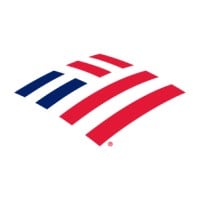
CIB Egypt
Commercial International Bank was established in 1975 as a joint venture between the National Bank of Egypt (NBE, 51%) and the Chase Manhattan Bank (49%) under the name "Chase National Bank of Egypt”. Following Chase's decision to divest its equity stake in 1987, NBE increased its shareholding to 99.9%, changing the Bank’s name to Commercial International Bank (Egypt) S.A.E. NBE’s stake gradually decreased through several public offerings till reaching 18.7%. In 2006, a Consortium led by Ripplewood Holdings acquired NBE stake. In July 2009, Actis, a leading emerging markets private equity firm, invested US$ 244 million to get shares in CIB, acquiring hence 50% of the Ripplewood Holdings Consortium’s stake. Five months later, Ripplewood sold its remaining 4.7% stake over the open market, marking the successful transition of strategic partnership to be with Actis, who then became CIB’s largest shareholder with a 9.1% stake. In March 2014,Actis sold a portion of its holding, representing 2.6% of the Bank’s total outstanding shares, in the open market to a group of international investors. In May 2014, Actis, successfully realised its investment in CIB and sold its remaining 6.5% to Subsidiaries wholly owned by Fairfax Financial Holdings Ltd “Fairfax”. CIB is Egypt’s leading private sector bank, offering a broad range of financial products and services to its customers, including enterprises of all sizes, institutions, households and high-net worth individuals. CIB strives to provide superior financial solutions to meet all customers’ needs. Having the strongest brand equity rightfully places CIB as the bank of choice for over 500 of Egypt’s largest corporations. CIB shows tremendous potential within the bourgeoning Retail and SME Banking markets. Through its superior management, high-operating standards, corporate governance best practices and training programs,CIB has succeeded in becoming the most profitable commercial bank operating in Egypt for more than 40 years.






